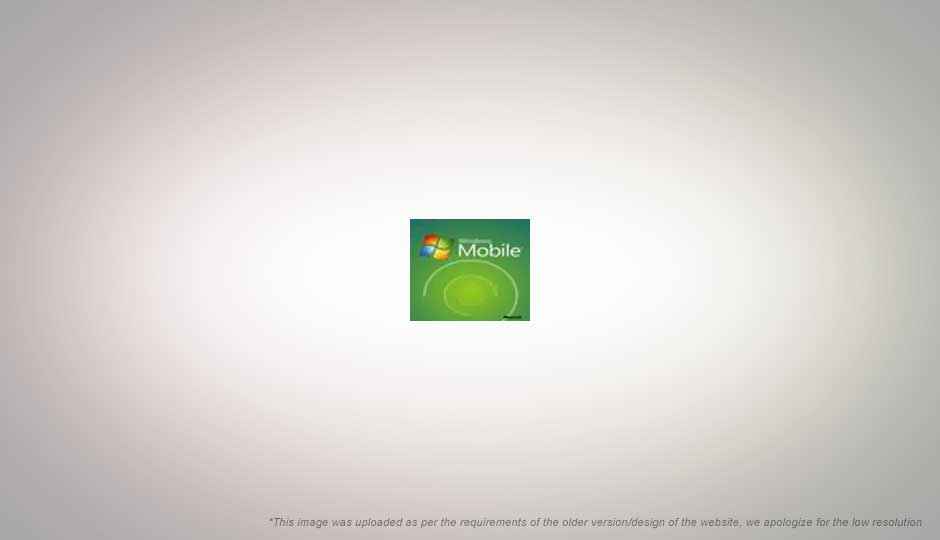Microsoft is apparently trying its best to make Windows Mobile 7 a major success. So much, that there are rumors of them introducing minimum hardware that would be required to run Windows Mobile 7 on cell phones. When the phone was unveiled by Steve Ballmer, he clearly mentioned that his company would keep a tight rein on the specification of handsets to be allowed to run Microsoft’s latest offering. Microsoft has decided to introduce variants which would be called “Chassis”. Apparently, there will be three chassis of handsets running the Windows Mobile 7. This chassis strategy will allow Microsoft to specify a collection of possible hardware configurations. Invariably, all handsets are to support multi touch display, Wi-fi, a 5 Megapixel camera, FM Radio and a GPS receiver. As it is quite clear, Microsoft wants its OS only on the big handsets which can perform.
Chassis 1 will describe the requirements of big touchscreen phones. Rumors report that the screen size will have to be a minimum of 3.6 inch WQVGA. The CPU minimum will be a 1 Ghz processor! That’s something which you find only in some high-end phones and to think of Microsoft actually making it a minimum system requirement! Hardware acceleration will also be mandatory for a phone to be called a Chassis 1 Windows Mobile 7 Phone. Microsoft is extremely keen to show that its OS is the next big thing in the mobile market and it doesn’t want sluggish hardware to play spoilsport.
There is not much known about Chassis 2 and Chassis 3. Chassis 2 will have a hardware QWERTY keypad in addition to the the touch screen. Almost nothing is known about Chassis 3 except for the fact that it will probably have candy bar phones.
Chassis 1 phones are expected to release later this year. There is no word about the release of Chassis 2 and Chassis 3 handsets.
Microsoft is completely set to take the cell phone battle to a completely new level. This will significantly up the market expectations in terms of hardware from cell phone makers. Microsoft has quite celeverly eliminated the possibility of a sluggish handset ruining the image of its OS.
Unfortunately, this eliminates the people looking for mid-bugdet phones. This market is currently ruled by phones like Nokia 5800, Samsung Corby and Nokia 5230. With this gamble, Microsoft is certainly eliminating a big pie of the mobile market. We will have to wait and see if this gamble pays off or if it turns a great piece of software into a market failure.


